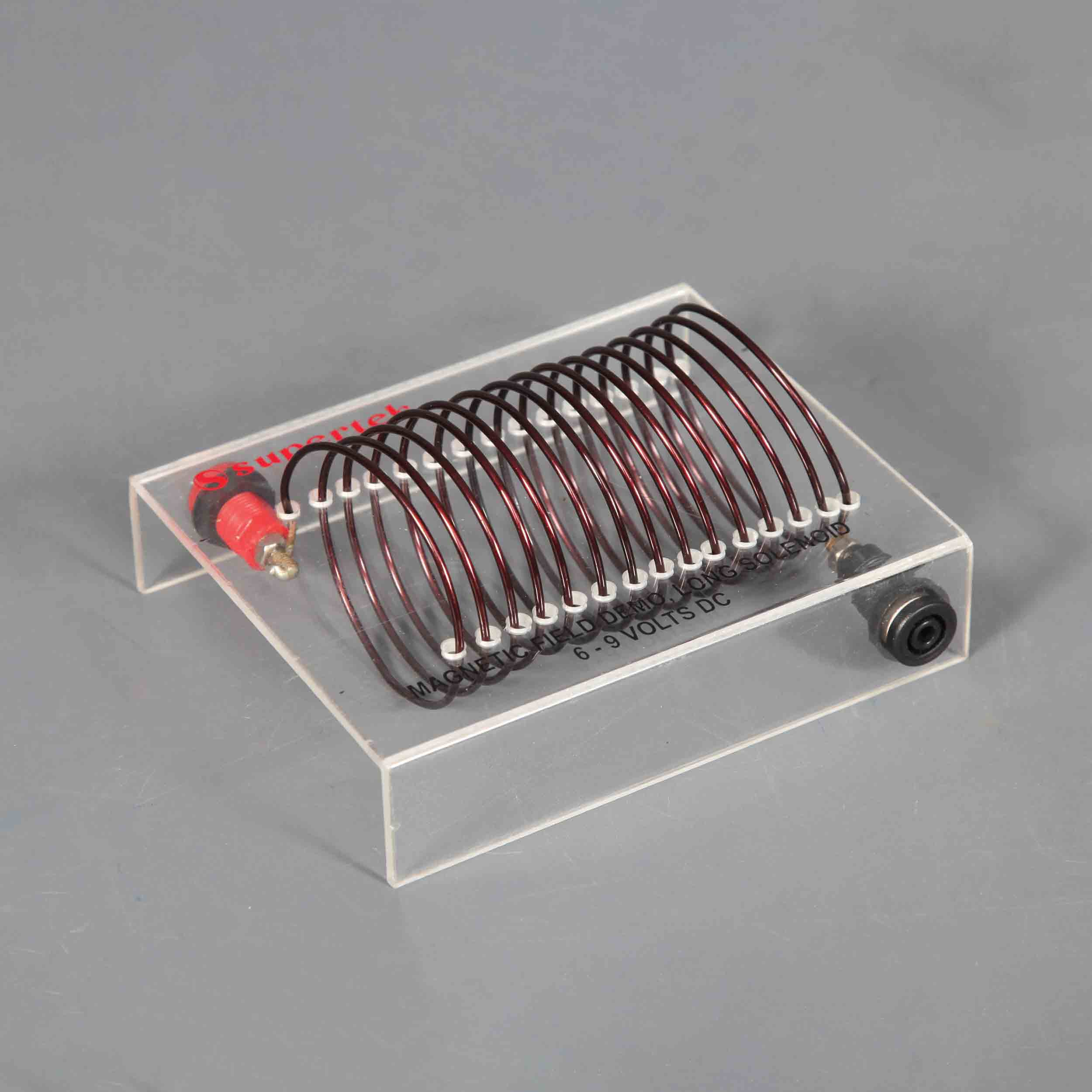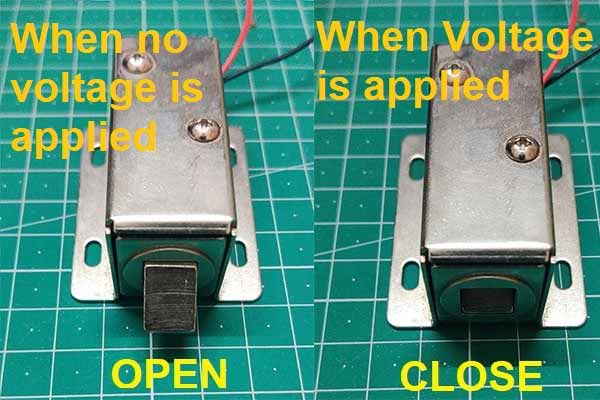A solenoid locking mechanism is an electromagnetic device to secure doors, cabinets, and other objects. It uses an electric current to create a magnetic field that locks the door or cabinet in place. The solenoid locking mechanism effectively keeps items safe and secure while providing convenience and quick access when needed.
What is a solenoid?
A solenoid is a small electromagnet that makes a plunger operate a function. In this case, it keeps the strike opening closed or allows the strike opening to swing open, thus allowing the door’s lock latch to open without the lock latch being retracted.

The basic principle behind the solenoid locking mechanism is simple. Electricity passing through a coil wire creates a powerful magnetic field. This field acts as an invisible barrier between two metal surfaces, preventing them from contacting each other and keeping the door or cabinet locked shut. When a person enters their access code, the electrical current is sent through the coil wire and energizes the magnet, allowing the two metal surfaces to unlock.
What is the Solenoid Door Lock Mechanism?
The Solenoid Door Lock Mechanism represents a system based on a solenoid lock with a latch for electrical locking and unlocking. A solenoid door lock is a primary door-locking appliance that latches or unbars, employing an electromagnetic solenoid. It is available in unlocking in the power-on mode type and locking and keeping in the power-on mode type, which can be used selectively for situations.
See below how the solenoid locking mechanism works:

Solenoid locks are used in commercial buildings and residential homes for security and convenience. They can also be used on safes, gun cabinets, entry gates, and filing cabinets. The mechanisms come in various sizes depending on the secured area, making them versatile for any application. Different types of solenoid locks are available, such as plunger lock systems that require manual locking/unlocking with a key or combination lock systems that use numeric codes for unlocking purposes.
Either battery or AC power typically powers solenoid lock systems. They feature several safety features, such as multiple unlocking attempts before a lockout occurs and automatic relocking if unlocked without authorization. They are also designed to be tamper-proof, so attempts at vandalizing or manipulating the locks will not succeed.
The benefits of using a solenoid locking system go beyond just extra security; they can also provide added convenience with quick access times while maintaining high levels of reliability over long periods since they do not require frequent re-keying or maintenance like traditional mechanical locks do. Solenoids can also be programmed with access codes for individual users so that only authorized personnel can access restricted areas within a building or facility; this reduces unauthorized entry into these areas, which can lead to theft or property damage.
Overall, solenoid locking mechanisms offer many advantages over traditional mechanical locks due to their reliability and advanced security features. They are ideal for securing premises such as offices, warehouses, banks, and more from unwanted intruders or theft without sacrificing easy access when needed.
How does the Solenoid Locking Mechanism work
- The solenoid locking mechanism consists of a solenoid coil, an armature, a pin, and a locking mechanism.
- When the solenoid is energized, it creates a magnetic field that attracts the armature toward the solenoid coil.
- The armature is connected to the locking pin, and when it moves towards the solenoid coil, it disengages the locking mechanism, allowing the door or gate to be opened.
- The solenoid locking mechanism is usually installed on the interior side of a door or gate and is connected to a power source.
- To operate the solenoid locking mechanism, a signal is sent to the solenoid coil from a control panel or remote control device to energize the solenoid.
- When the solenoid is energized, the magnetic field pulls the armature towards the coil, which moves the locking pin, releasing the locking mechanism.
- When the locking pin is released, the door or gate can be opened, and the solenoid remains energized until it is closed.
- Once the door or gate is closed, the locking mechanism engages the locking pin, and the solenoid is de-energized, securing the door or gate in place.
Overall, the solenoid locking mechanism provides a secure and reliable way to control access to a building or property, and it is commonly used in commercial and industrial settings.
In this video, below is the Solenoid Door Lock Mechanism:
The solenoid merely works on the postulate of “electromagnetism.” When the current flows through the coil, a magnetic field is generated; if a metal core is placed inside the ring, the magnetic flux lines concentrate on the increasing body of the coil’s induction compared to the air core.
This type of lock has an attachment with a diagonal cut and a suitable mounting bracket. When power is applied, DC creates a magnetic field that moves the slug inside and keeps the unlocked position door.
People can create a Homemade Smart Door Lock System. Please see one example of how you can make a solenoid locking mechanism at home:
Conclusion
In conclusion, the solenoid locking mechanism is a reliable and efficient way to secure doors and gates in commercial and industrial settings. It uses a solenoid coil and armature to engage and disengage the locking mechanism, providing high security and ease of use. With its simple design and ability to be connected to a control panel or remote device, the solenoid locking mechanism is a popular choice for many applications.
It ensures that only authorized personnel can access a building or property while allowing quick and easy access for those with authorized access. Overall, the solenoid locking mechanism provides a secure and reliable solution for controlling access and ensuring people’s and property safety.





